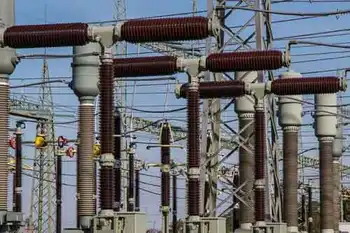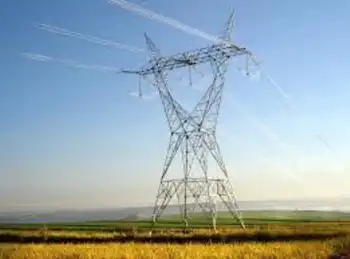Electric May Be Cheaper Than Natural Gas When Farmers Water Crops This Spring
AMARILLO, TEXAS - Producers who irrigate crops can make converting their watering systems to electricity pay at current natural gas prices, said a Texas Cooperative Extension specialist.
Dr. Steve Amosson, Extension economist in Amarillo, told producers attending the Farm Management Symposium during the Amarillo Farm and Ranch Show on Nov. 30 that, while several factors must be considered, converting irrigation systems to electricity would be the most economical thing to do at this time.
"It appears to pay to convert to electricity at the lighter lift rates, 200 feet, when natural gas prices reach $4 per mcf (million cubic feet) and at the deeper lift rate, 500 feet, when gas prices exceed $5 per mcf," Amosson said.
Currently gas prices are around $8 per million cubic feet and most producers are looking at a 500-foot lift to bring water to the surface in their irrigation wells, he said.
"While we expect these rates to come down somewhat, the probability of them going below the breakeven is questionable," Amosson said.
The advantages of electricity are lower motor prices; lower lube, maintenance and repair; and a longer useful motor life, he said.
At 500 feet, the electric motor is expected to last for 15 years and cost $6,600, compared to a natural gas engine that costs $20,000 with a 12-year life span, Amosson said.
The $5-per-mcf breakeven includes the cost of conversion, which is expected to be around $9,000. However, it does not include the cost of line extension fees that may be required if three-phase electricity has to be run to the pivot system, he said.
While the line extension fee varies, Amosson figured a cost of $15,000 would add another $1 per mcf to the breakeven figure, making it $6 per mcf on the 500-foot lift, still well below the current natural gas prices.
"At $8 natural gas, we would anticipate being able to recover the conversion costs and a that of the new motor in three to four years," he said. The addition of the line extension fee would make cost-recovery time a little longer.
Looking at the natural gas futures, Amosson said the outlook indicates gas prices may fall, but not enough in the next several years to keep this from being the most viable option.
He is, however, looking at the possibility of combining electricity with a wind-powered electric irrigation system.
"We're in the final stages of completing the analysis looking at the feasibility of wind-electric hybrid systems," he said.
Related News

U.S. renewable electricity surpassed coal in 2022
WASHINGTON - Electricity generated from renewables surpassed coal in the United States for the first time in 2022, the U.S. Energy Information Administration has announced.
Renewables also surpassed nuclear generation in 2022 after first doing so last year.
Growth in wind and solar significantly drove the increase in renewable energy and contributed 14% of the electricity produced domestically in 2022. Hydropower contributed 6%, and biomass and geothermal sources generated less than 1%.
“I’m happy to see we’ve crossed that threshold, but that is only a step in what has to be a very rapid and much cheaper journey,” said Stephen Porder, a professor…




